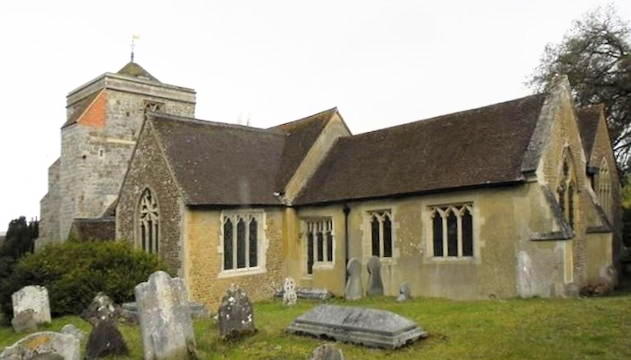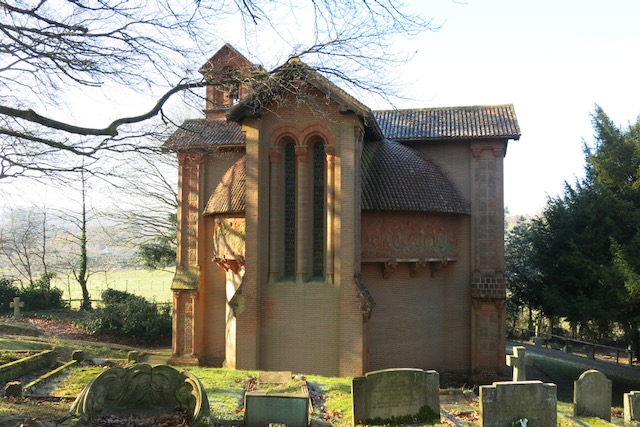The Pilgrims’ Way

The historic Pilgrims’ Way goes right past our door! We are the ideal place to rest your weary feet.
We’ve put together some items of interest to anyone contemplating a pilgrimage along the Pilgrims’ Way, which runs from Winchester to Canterbury.
What's more, if you have a Pilgrims Passport we have a lovely stamp of the Barn to add to your collection.
Useful Organisations
- The British Pilgrimage Trust list us on their Pilgrims’ Way page under ‘Low-cost hostels’, about halfway down the page.
- The Long Distance Walkers Association (LDWA) are a source of valuable information.
Local villages to explore
Puttenham
In case you missed the link, the history of the Barn is on our website.
- Puttenham has an interesting entry on the British History Online website, which features the local geology.
- Historic England has a few entries for Puttenham, including a grade II listed Pilgrims' Cottage.
- Church of St John the Baptist, The Street, Puttenham. It is grade II* listed and dates from c.1160. It is included on the National Heritage List for England.

Compton
- Church of St Nicholas, The Street, Compton. Grade I listed, dates from pre-1066. Listed on the National Heritage List for England.

- Watts Mortuary Chapel, Down Lane, Compton. Grade I listed, dates from 1896. Included on the National Heritage List for England.

- Watts Gallery - see the works of “England’s Michaelangelo”.
Seale and Sands
- Church of St. Laurence, Manor Fields, Seale and Sands. Grade II listed, dates from 12th century. Listed on the National Heritage List for England.

Pilgrims’ Way Symbols
- Canterbury Bells
- Pilgrims ringing Canterbury bells are mentioned in “The Pilgrims’ Way From Winchester To Canterbury” by Julia Cartwright (1911); it mentions the ‘the small metal bells which are said to have given their name to the favourite Kentish flower, the Canterbury bell’.
- The Latin name for the plant is Campanula medium and Campanula is Latin for ‘little bell’.
- You probably won’t find the book in your local library, but Project Gutenberg have made it available online complete with its lovely original illustrations.
- Replicas of the bell badges are still sold as souvenirs.
- The Scallop Shell
- Many Pilgrims carry a scallop shell as a symbol of their pilgrimage, especially along the Camino, but it is a recognised symbol for many other pilgrimage trails, including our Pilgrims’ Way.
- An American website gives the Biblical story relating to the scallop shell symbolism.
- Here is an extract from this Biblical story:
- ‘The Scallop Shell has many grooved lines that lead from the outer rim to a meeting point at the base. The shell itself represents the many different spiritual/religious/humanist pathways that lead to the same place, to the universal center of all life-forms, the spirit, the soul.’
- ‘When pilgrims that walk the Camino carry the Scallop Shell it represents their personal journey, the sacred path that we all must take within. We are all on the outer rim of the spirit, struggling to find our way back to God, our center. The Scallop Shell reminds us why we are walking, especially at the points when the journey feels too hard and we want to give up. It reminds us to focus on our journey only, and that each person has their own journey to travel and own story that is unfolding. It reminds us that we are all ultimately one sacred soul and that each of our roads leads us back to each other.’
- A few more interesting links relating to the shell symbol:
- Abinger Stained Glass, Surrey; wouldn’t you love a window like this?
- British Museum, 16th century scallop shell pilgrim badge/pendant.
- Metropolitan Museum of Art, French 15th century pilgrim badge.
- The Scallop Shell And Other Symbols of The Camino.
Research by Hazel Putland in December 2023. Please let us know if any updates are needed.

